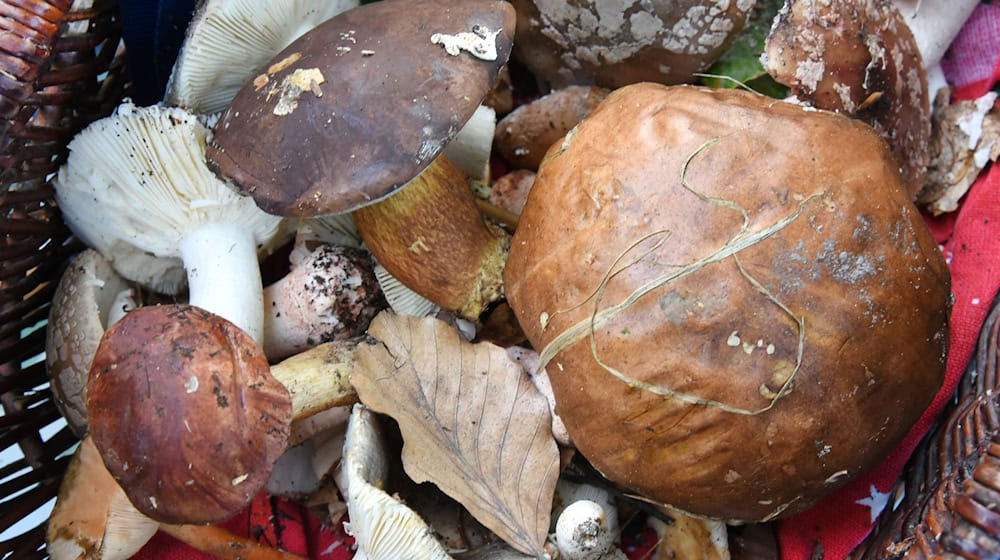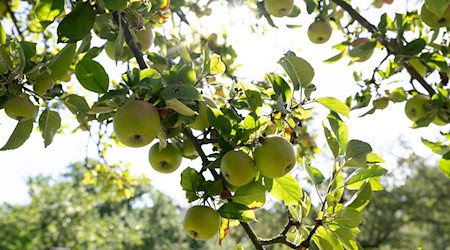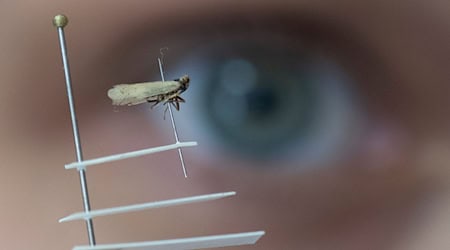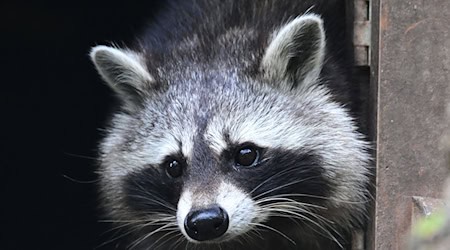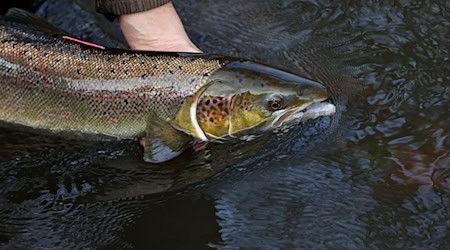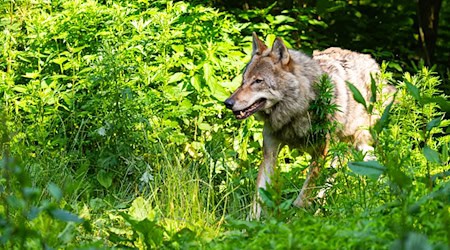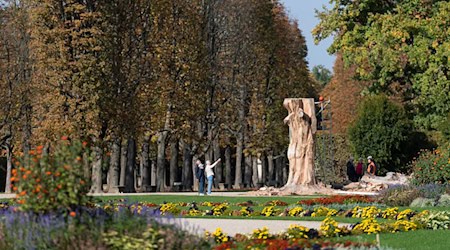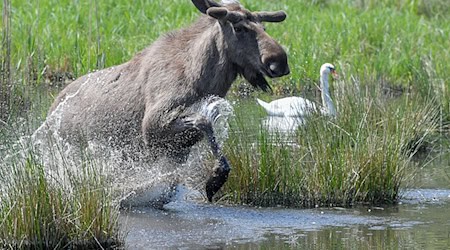The mushroom season in Saxony has not yet taken off. This is reported by mushroom consultants from various parts of the state. "So far, the fall has been disappointing," said Edgar Fenzlein, mushroom expert for the district of Leipzig. There are currently no mushrooms to be picked in his area - although it has actually rained sufficiently.
Peter Welt from Pilzfreunde Chemnitz also confirmed this observation. The yield of mushrooms is "very, very sparse" at the moment. There was a big boost in July, for example in porcini mushrooms. But in October, things are "not exactly rosy" so far. In the Ore Mountains, on the other hand, the situation is somewhat better, reported the mushroom expert from Nabu Saxony, Wolfgang Friese. Collectors there had found some porcini mushrooms and chestnut boletes.
With few mushrooms, there are also fewer inquiries for the mushroom consultants. Normally, mushroom consultant Siegfried Holstein in the district of Bautzen is needed for 20 to 30 consultations per week at this time of year, now it is perhaps one per week.
Hope for late autumn
However, the mushroom consultants do not want to write off the season just yet. "Maybe there will be more mushrooms in late fall," said Peter Welt. Typical species for this time of year include the purple boletus, the gray cap, the honey fungus and the oyster mushroom.
One particular mushroom has been brought to him by collectors several times in recent weeks, Holstein said. It comes from North America and is known as the "false red cap". The collectors had found it on the border between Brandenburg and Saxony.
The mushroom probably came to Germany a few years ago via timber transportation and initially spread to northern Germany, said Fenzlein. The advisors advise against eating the mushroom. Although it is not poisonous, it tastes rather sour.
Copyright 2025, dpa (www.dpa.de). All rights reserved

